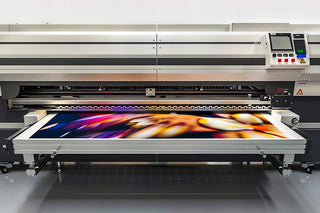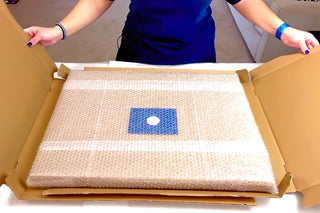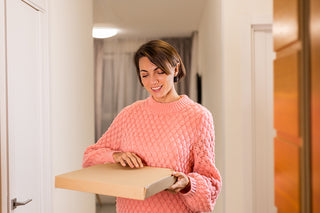Art print Rythmes Rouge-Vert et Violet-Jaune - Paul Klee | Art print


View from behind

Frame (optional)
Colorful rhythms and sensitive geometry: Red-Green Rhythms and Violet-Yellow Rhythms by Paul Klee
The composition of Red-Green Rhythms and Violet-Yellow Rhythms immediately captivates with its balance between geometry and spontaneity. Color planes — deep reds, soothing greens, and violet-yellow harmonies — interact through superposition and transparency, creating a visual vibration that is both rhythmic and delicate. The technique of fine lines and nuanced surfaces gives the work an atmosphere of structured dreaming, where each motif seems to resonate like a note in a score. The graphic elements, punctuated with subtle details, invite prolonged observation and emotional reading.
Paul Klee, master of color and modern pictorial vocabulary
Paul Klee holds a central place in the avant-garde of the 20th century, blending expressionist, constructivist influences, and Bauhaus pedagogy. His work explores the music of forms, color theory, and a pictorial writing that transcends strict representation to favor signs and rhythm. Through series of studies and experiments, Klee influenced generations of artists with his ability to translate sensations and ideas into graphic symbols. Red-Green Rhythms and Violet-Yellow Rhythms illustrates his pursuit of a painting that considers movement and internal harmony, recognizable among his major works.
A decorative art print with multiple advantages
This art print of Red-Green Rhythms and Violet-Yellow Rhythms stands out as an elegant choice for the living room, office, or bedroom, bringing structure and colorful warmth to your interior. Faithful to the nuances and textures of the original, the canvas reproduces the subtlety of transparencies and the precision of the lines, ideal for creating a refined focal point. Whether you're looking for a Red-Green Rhythms and Violet-Yellow Rhythms painting for a minimalist wall or a framed art print for a library, this reproduction combines quality and artistic character. Adopted alone or as a pair, it enhances the space without overpowering, inviting daily contemplation.

Matte finish

View from behind

Frame (optional)
Colorful rhythms and sensitive geometry: Red-Green Rhythms and Violet-Yellow Rhythms by Paul Klee
The composition of Red-Green Rhythms and Violet-Yellow Rhythms immediately captivates with its balance between geometry and spontaneity. Color planes — deep reds, soothing greens, and violet-yellow harmonies — interact through superposition and transparency, creating a visual vibration that is both rhythmic and delicate. The technique of fine lines and nuanced surfaces gives the work an atmosphere of structured dreaming, where each motif seems to resonate like a note in a score. The graphic elements, punctuated with subtle details, invite prolonged observation and emotional reading.
Paul Klee, master of color and modern pictorial vocabulary
Paul Klee holds a central place in the avant-garde of the 20th century, blending expressionist, constructivist influences, and Bauhaus pedagogy. His work explores the music of forms, color theory, and a pictorial writing that transcends strict representation to favor signs and rhythm. Through series of studies and experiments, Klee influenced generations of artists with his ability to translate sensations and ideas into graphic symbols. Red-Green Rhythms and Violet-Yellow Rhythms illustrates his pursuit of a painting that considers movement and internal harmony, recognizable among his major works.
A decorative art print with multiple advantages
This art print of Red-Green Rhythms and Violet-Yellow Rhythms stands out as an elegant choice for the living room, office, or bedroom, bringing structure and colorful warmth to your interior. Faithful to the nuances and textures of the original, the canvas reproduces the subtlety of transparencies and the precision of the lines, ideal for creating a refined focal point. Whether you're looking for a Red-Green Rhythms and Violet-Yellow Rhythms painting for a minimalist wall or a framed art print for a library, this reproduction combines quality and artistic character. Adopted alone or as a pair, it enhances the space without overpowering, inviting daily contemplation.






